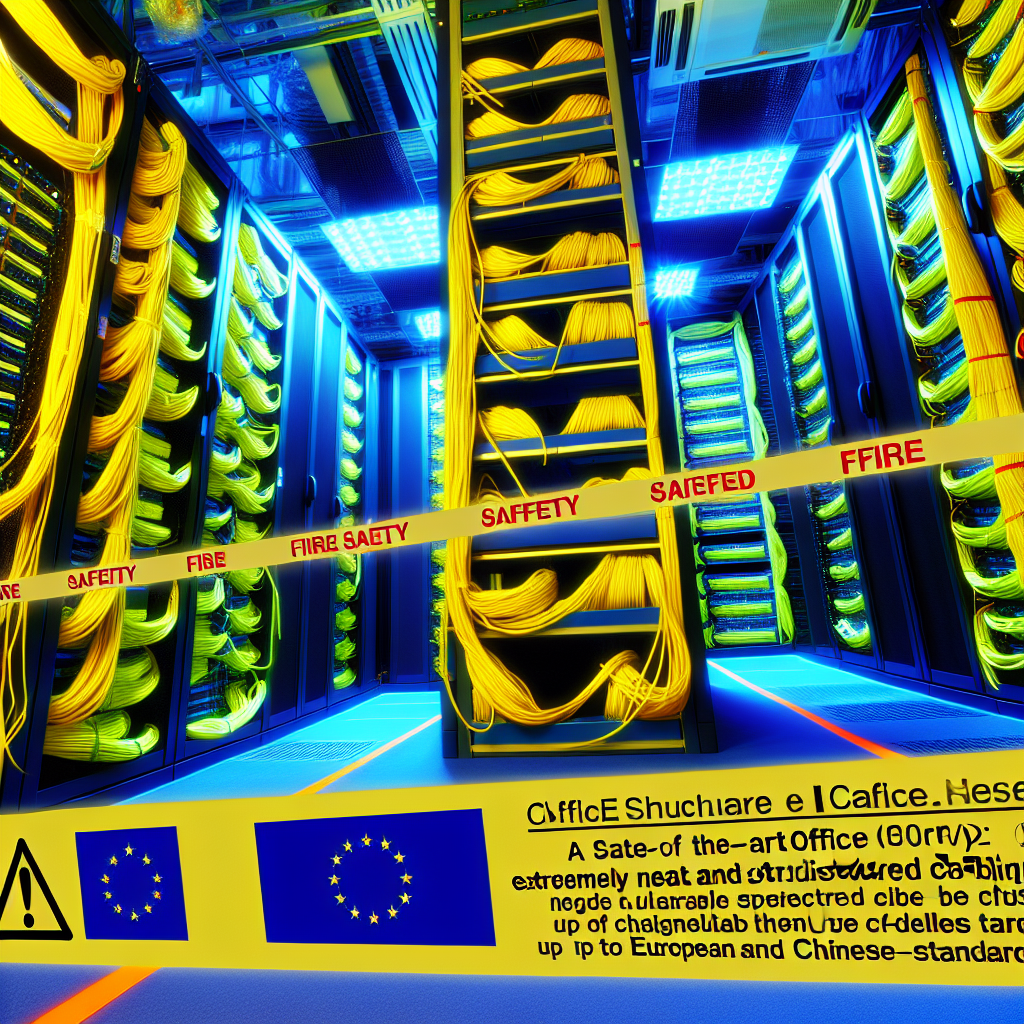🌍 Are you wondering about the real differences between European and domestic (Chinese) structured cabling standards? You’re not alone! As structured cabling is the backbone of modern data and voice networks, understanding the standards is crucial for anyone planning a network upgrade or new installation. In this guide, we’ll break down the main distinctions between European and Chinese cabling standards, explore how the differences impact project implementation, and share practical tips to help you make informed decisions for your organization.
## What is Structured Cabling and Why Are Standards Important?
Structured cabling systems are organized sets of cables, connectors, and devices that transmit data, voice, and video signals in buildings or campuses. Standards ensure compatibility, performance, and safety, making installations more reliable and easier to maintain. 🔌
## Key Structured Cabling Standards: Europe vs. China
### European Standards
– **EN 50173 Series**: This is the backbone of European structured cabling, covering requirements for offices, data centers, and residential buildings.
– **ISO/IEC 11801**: An international standard, widely adopted across Europe for cabling design, installation, and testing.
– **Fire Safety**: European standards pay extra attention to fire resistance and smoke emission, especially under Construction Products Regulation (CPR).
– **Performance Categories**: Uses familiar categories like Cat5e, Cat6, Cat6a, Cat7 and fiber optic types (OM1-OM4, OS2), aligned with ISO/IEC.
### Chinese Standards
– **GB 50311**: Focuses on general cabling system technology in China.
– **YD/T 926**: Used for telecommunications premises, with some unique testing and implementation protocols.
– **Fire Standards**: Fire safety rules exist, but are often less strict or different in testing methodology compared to European CPR.
– **Performance Categories**: Also uses Cat5e, Cat6, etc., but the acceptance criteria and testing details can differ.
## Major Differences Explained
### 1. **Standards Application & Certification**
– 🇪🇺 European projects usually require strict adherence to EN 50173 and CPR compliance, often checked via third-party certification.
– 🇨🇳 Chinese projects rely on GB and YD/T standards, with supervision often done by local authorities.
### 2. **Fire Resistance and Safety**
– European cables must meet strict CPR ratings (such as B2ca, Cca) for fire, smoke, and toxicity.
– Chinese standards focus more on basic fire resistance; CPR-like requirements are rare unless specified in international projects.
### 3. **Network Performance & Testing**
– In Europe, detailed field testing (including alien crosstalk and delayed propagation) is mandatory.
– In China, testing is required but may be less extensive, and sometimes only basic pass/fail results are needed for sign-off.
### 4. **Documentation & Traceability**
– European installations require detailed records and labeling for future maintenance.
– Documentation in Chinese projects can sometimes be less detailed, though this is improving.
## Practical Tips for Cross-Border Projects 🛠️
– **Always clarify the required standards early in your project.**
– **If working with European clients or export-oriented buildings in China, prioritize EN 50173, ISO/IEC, and CPR compliance.**
– **For domestic projects, follow GB and YD/T standards, but consider exceeding them for better performance and future-proofing.**
– **Engage suppliers who can provide international certification if needed.**
## Conclusion: Which Standard Should You Follow?
If your facility is in China and serving local needs, following Chinese standards is often sufficient, but consider adopting some European requirements for enhanced safety and future market flexibility. For international or export-oriented projects, aligning with European (and international) standards is a must!
👉 Want to know more about how we help businesses bridge these standards and deliver reliable cabling solutions? Visit our website for expert consultation and tailored services!
**Keywords:** structured cabling standards, EN 50173, ISO/IEC 11801, GB 50311, telecommunications cabling
************
The above content is provided by our AI automation poster


